
It’s interesting to investigate whether AI-generated artwork qualifies as art in the traditional sense. Aesthetically pleasant visuals, music, and even written texts can be produced by AI algorithms, on one hand. On the other hand, some contend that since AI-generated art lacks a human touch, it lacks the unique expression and emotional resonance that are essential to what constitutes art.
Supporters of artificial intelligence-generated art contend that using algorithms to make art is just a new medium and that the true value of art is found in its capacity to arouse feelings and provoke thought, independent of the method employed to produce it. They also emphasize how AI systems have the capacity to process vast amounts of data and provide creative ideas that humans could never come up with.
Also Read: Instagram introduces Quiet Mode: know how it works!
The intentionality, originality, and subjectivity necessary to define art, according to critics, are lacking in AI algorithms. They contend that in order for art to accurately represent human experience, it must also have a personal touch and an emotional resonance, and AI-generated art lacks both of these qualities.
Last but not least, there are still arguments made for and against the notion that AI-generated work actually qualifies as art. One thing is certain, though: AI is reshaping the art world and upending our notions of what counts as art. Regardless of one’s position, there will undoubtedly be a significant impact of AI on the world of art. It will be interesting to watch how the debate develops in the coming years.
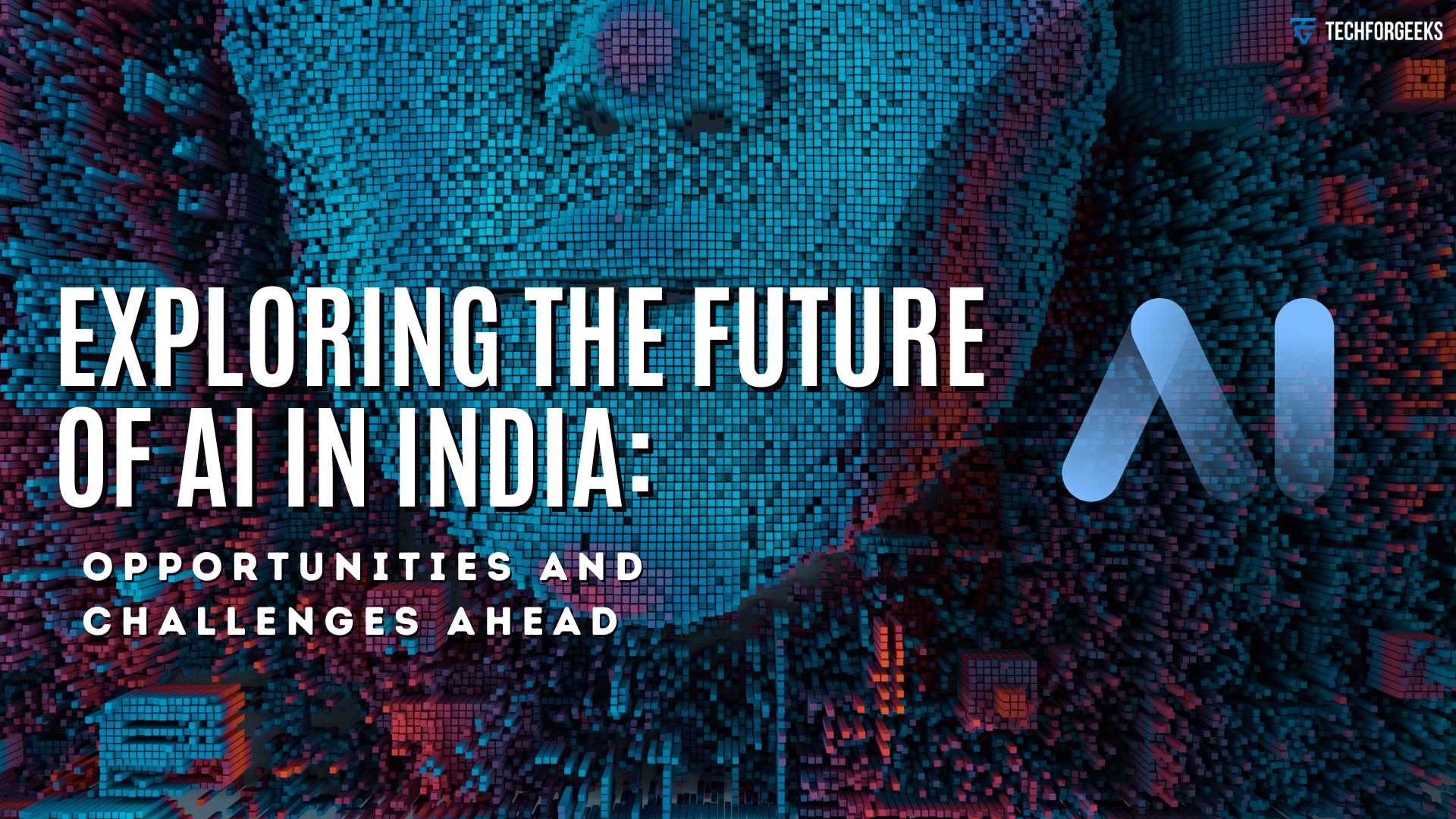
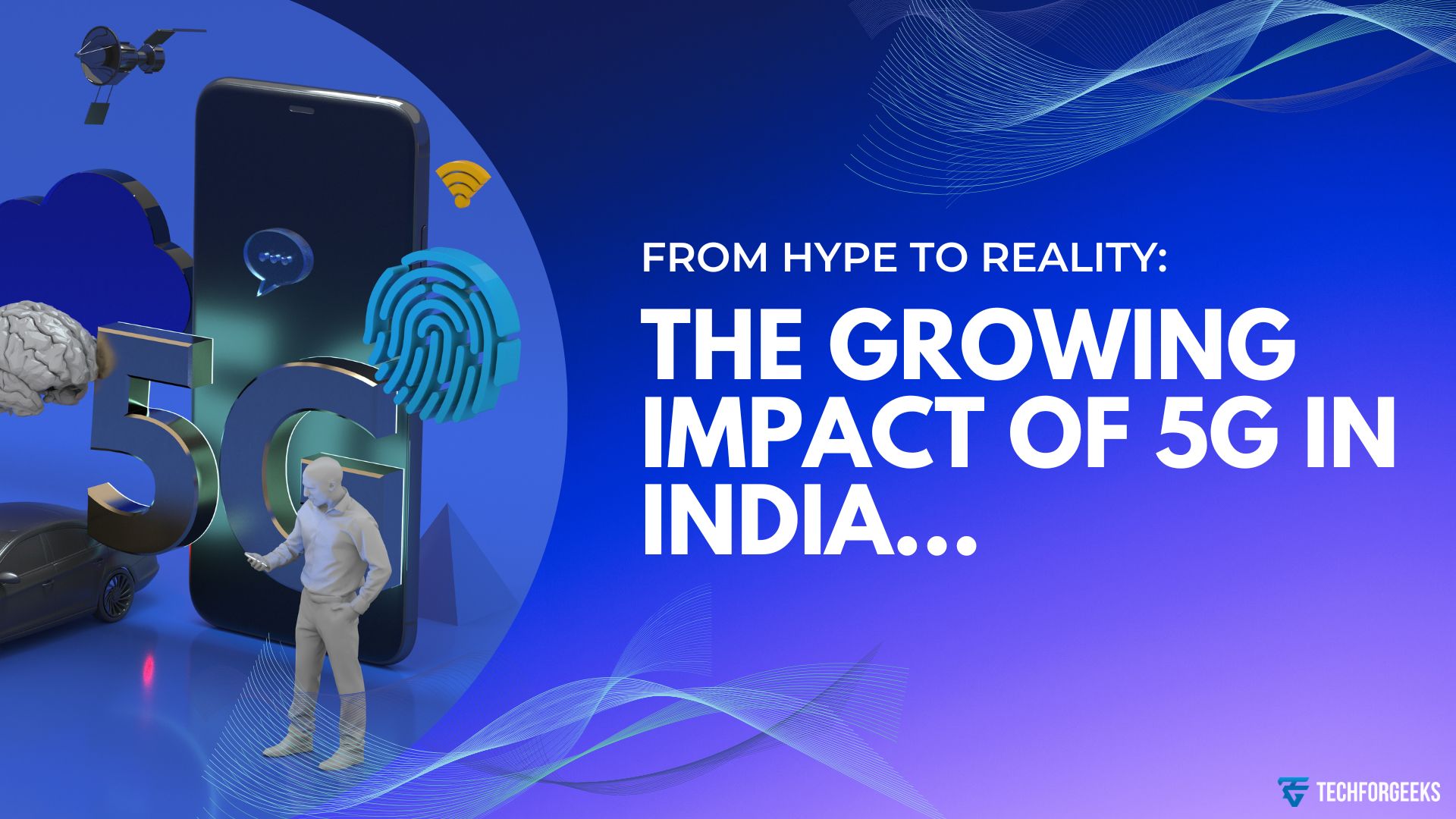

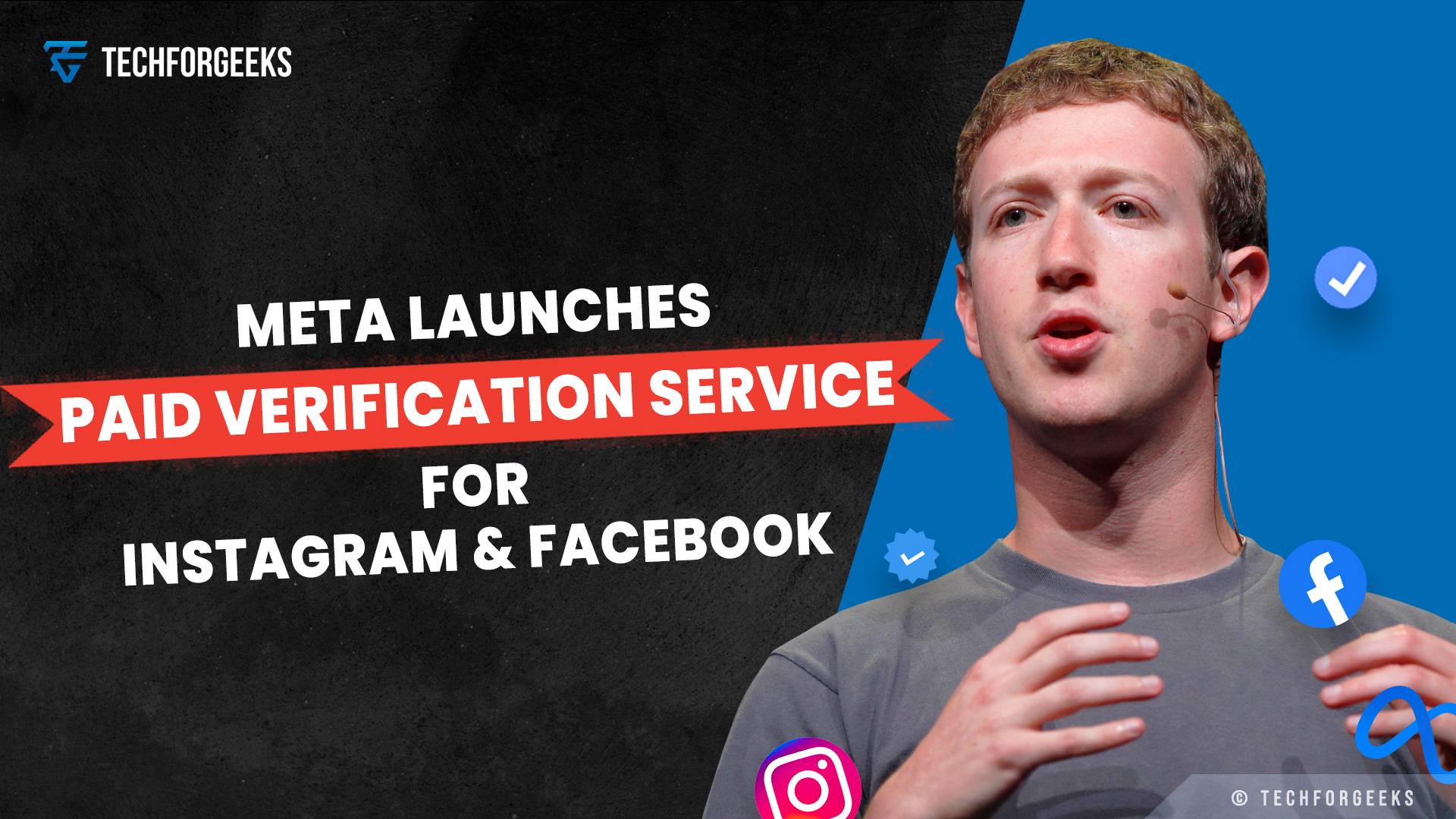
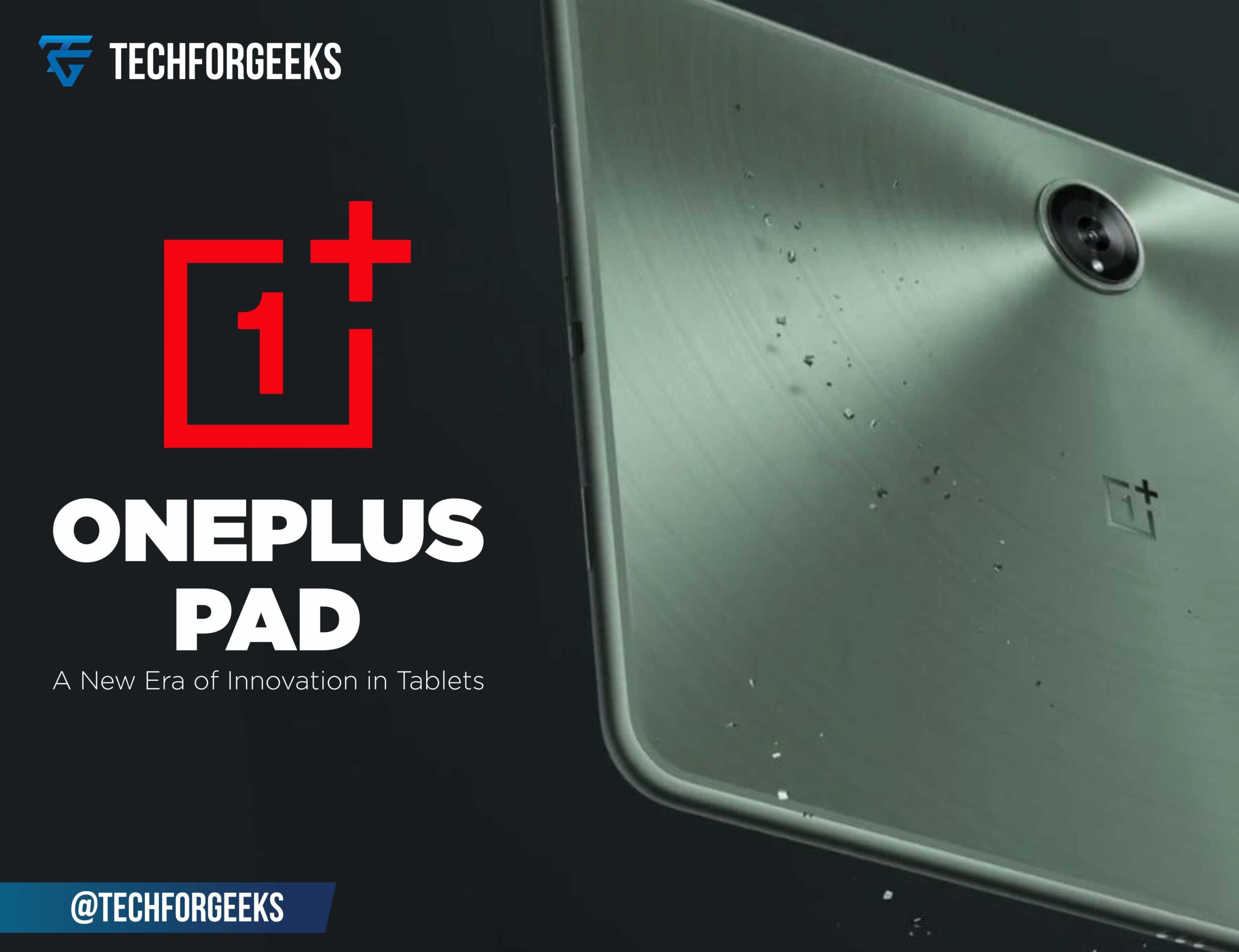


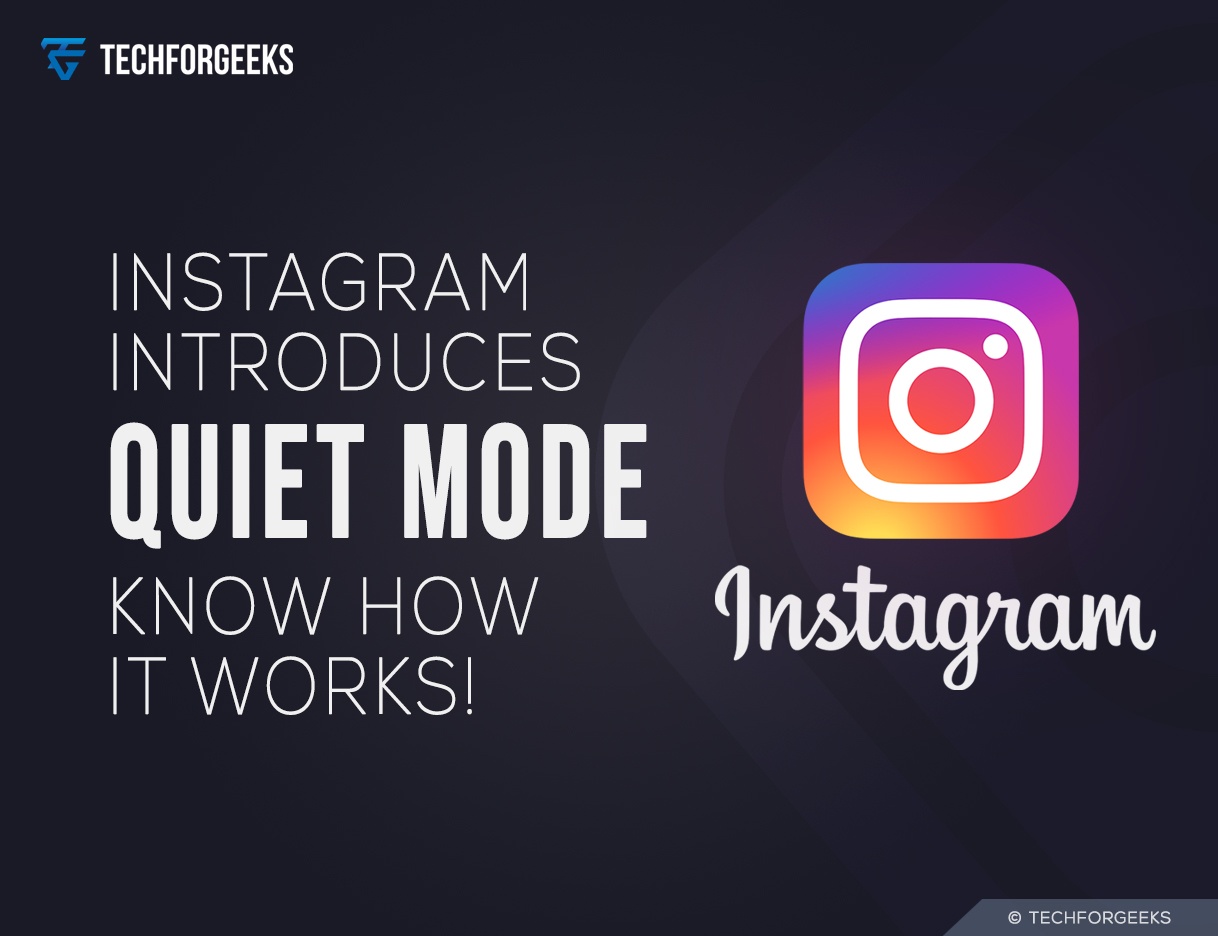
One Comment